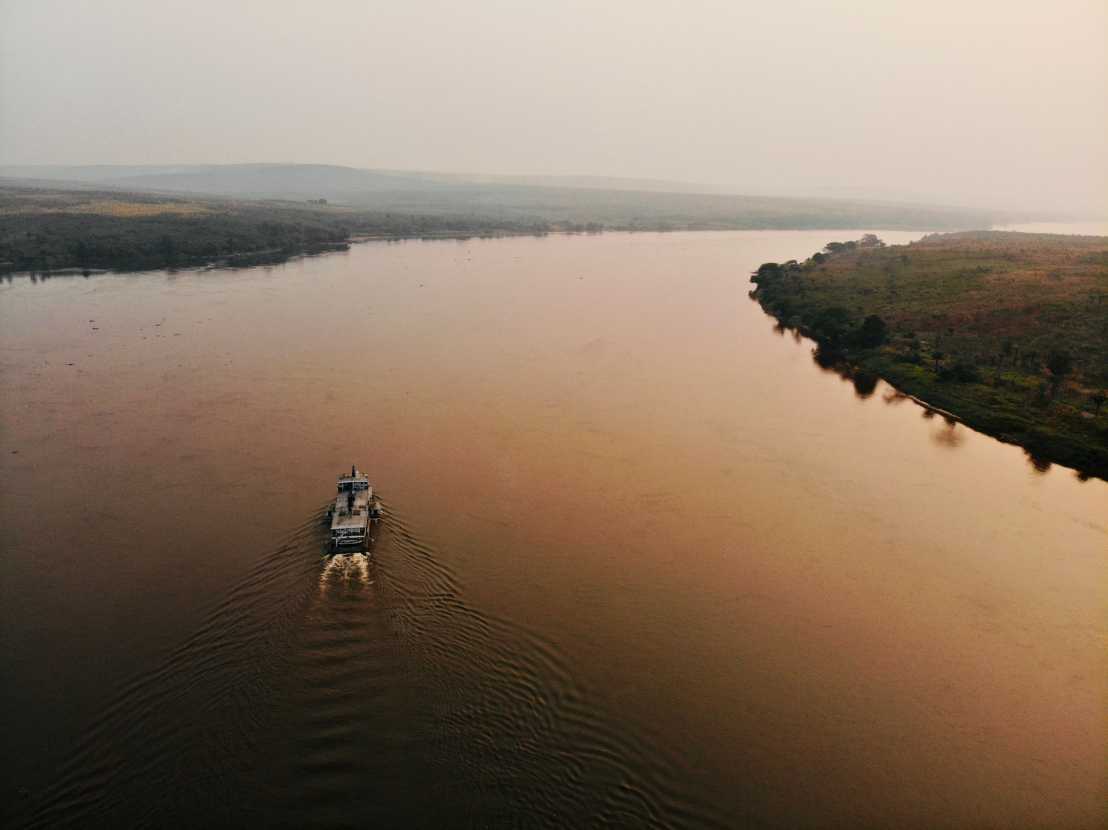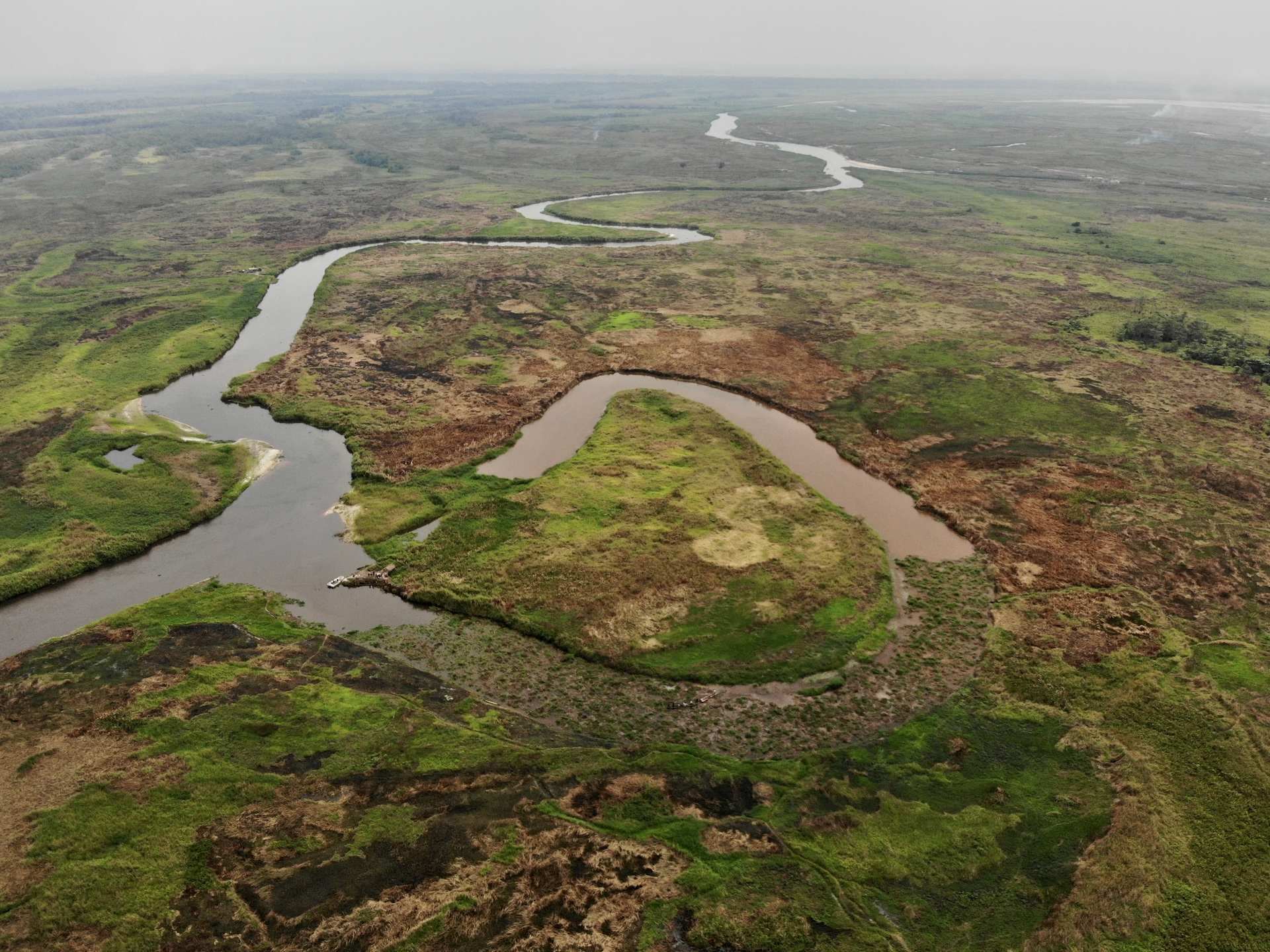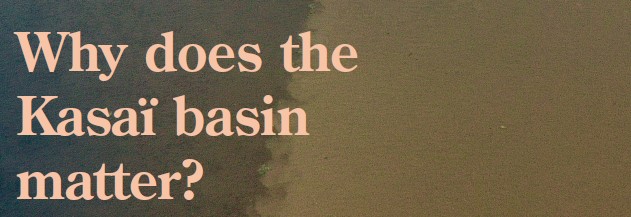TropSEDs (Tropical Soil Erosion Dynamics)
Unravelling the roles of climate and land-use on the erosional transfer of carbon from source to sink through time in the Kasaï Basin
Soils contain large quantities of organic carbon (OC) that has built up over long periods of time as a result of plant decomposition, microbial activity, and the mechanical and chemical weathering of rocks. When forests are cut down, farmers plow soils, or intense rains fall, this OC can be eroded and transported from soils onto lower hillslopes and eventually into river channels.
Rivers can then carry this eroded material downstream and redeposit it in other low-lying areas near the riverbanks known as floodplains. Along the way, microbes that live in soil, rivers, or floodplains can consume this OC and metabolize it to carbon dioxide (CO2), which is then released into the atmosphere and acts as a greenhouse gas. Importantly, other processes that occur simultaneously can counterbalance this release of CO2 to the atmosphere. For instance, the regrowth of new plants on eroding soils will return some atmospheric CO2 to the soil, since plants use CO2 taken from the air to grow. Furthermore, clay particles in the soil can form bonds with OC and thereby partly protect it from microbial consumption.
Content and Goal of the project

By investigating both the physics and the chemistry of soils and sediments, the TropSEDs project will explore interaction of various processes—both today and over the past 6000 years—and will determine the overall amount of CO2 produced or consumed by erosion. The project is carried out in the Kasaï River Basin of central Africa, a tropical river basin that spans various climatic, geologic, and human-impacted zones.
Little is known about how erosion affects the movement and fate of OC in the tropics, which have unique soils, climates, geologies, and land-use trajectories compared to the much more studied temperate zones.
The aims of the project are to:
- Elucidate the mechanisms that govern contemporary erosion and OC export using river catchments that span various environmental gradients;
- Use the climate gradients of these catchments to calibrate a novel clay oxygen isotope paleoclimate proxy;
- Constrain the “dynamic replacement” of OC by primary production in eroding upland soils;
- Examine the controls on recent and Holocene OC burial and stabilization in floodplain and paleochannel deposits;
- Integrate the controls on the full source-to-sink erosional OC flux into a new land-surface model to allow future projection under hydrologic and land-use intensification.
To accomplish this study, our team will conduct several sampling expeditions in the Kasaï River Basin during which we will take a multitude of samples originating from rivers, floodplains, lakes, and upland soils.
These measurements will then be used to perform and refine computer simulations of Earth’s surface processes. With these new models, we will be able to fully explore the life cycle of OC as it is transported from soils (“source”) to its final destination in sediment deposits (“sink”) or the atmosphere. In addition to modern environments, TropSEDs will reconstruct how carbon cycling responded to past climate conditions, which are known to have shifted dramatically about 6000 years ago when large areas of rainforest disappeared in central Africa.

Country: Democratic Republic of Congo
System: Tropical River basin
Project duration: 2022 – 2026
Project partners: ETH Zürich (Switzerland); Université Catholique de Louvain (Belgium); Congo Atomic Energy Commission (Democratic Republic of Congo); Woods Hole Research Center (Democratic Republic of Congo); International Institute of Tropical Agriculture (Democratic Republic of Congo); Régie des Voies Fluviales (Democratic Republic of Congo)
Project funding: SNF Sinergia grant
Contact persons: Antoine de Clippele, Travis Drake, Matti Barthel, Johan Six
For more updates on the project, see the CBO website : external page https://www.congo-biogeochem.com/

Download the beautiful project booklet Download here (PDF, 131.4 MB).